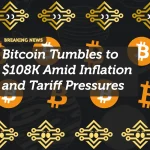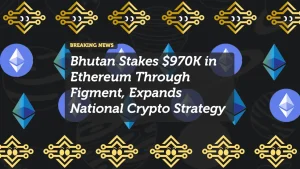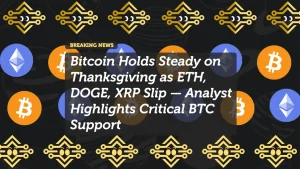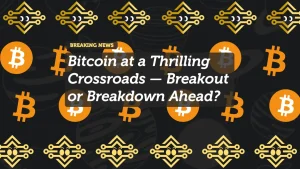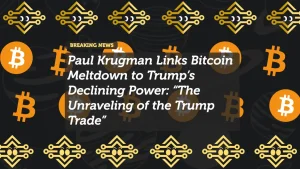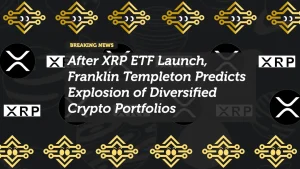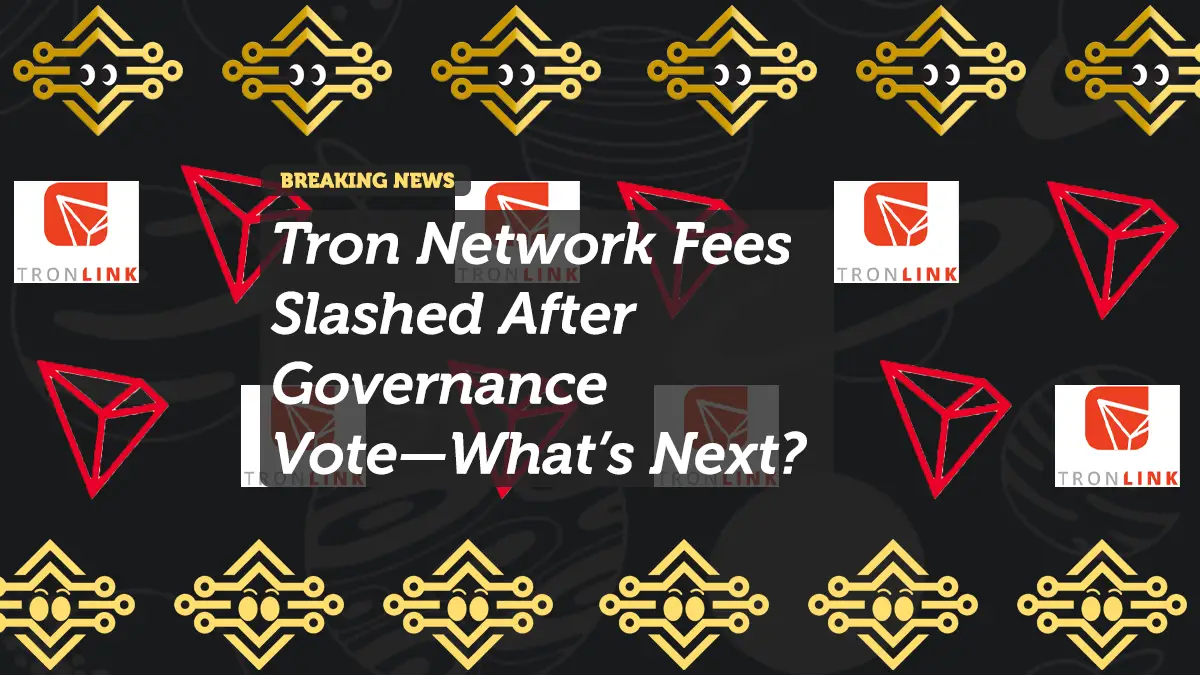
Tron Network Fees Slashed After Governance Vote—What’s Next?
The Tron network fees have officially been reduced after a successful governance vote, a move expected to reshape the platform’s ecosystem. The decision highlights Tron’s push to remain attractive to developers, users, and projects in an increasingly competitive blockchain landscape.
Why the Fee Reduction Matters
High transaction fees have long been a stumbling block for blockchain adoption. By cutting fees, Tron aims to:
- Encourage DeFi protocols to expand on its network.
- Attract game developers seeking low-cost interactions.
- Improve user experience for retail users performing frequent transfers.
This strategic pivot mirrors broader industry efforts where platforms like Ethereum rely on rollups to cut gas costs, while Solana touts naturally lower fees.
The Governance Vote That Made It Happen
The fee cut wasn’t arbitrary—it came through Tron’s decentralized governance process. TRX holders voted overwhelmingly in favor, signaling strong community demand for cost-friendly infrastructure.
This community-driven change strengthens Tron’s image as a participatory blockchain, where decisions are shaped by stakeholders rather than a central entity.
Immediate Implications for Developers and Users
With lower fees, developers can now launch dApps and smart contracts without being burdened by high transaction costs. This could lead to a surge in:
- DeFi projects leveraging Tron’s liquidity.
- NFT marketplaces offering microtransactions at scale.
- Cross-border payments where fees matter more than speed.
For everyday users, cheaper fees simply mean more efficient transfers of TRX and TRC-20 tokens.
Market Reaction and Price Outlook
Following the vote, TRX showed modest upward movement, though analysts note that the bigger impact will unfold over time. If fee reductions lead to higher network activity, TRX demand could grow as users and developers engage more actively.
Still, competition remains fierce. Ethereum’s upcoming upgrades and Solana’s speed records keep pressure on Tron to innovate beyond just cheaper fees.
Potential Risks
While lower fees attract users, they also reduce validator revenue. Tron will need to balance adoption with maintaining a strong incentive model for validators to secure the network. Otherwise, sustainability could become an issue down the road.
Key Takeaway
The Tron network fees slash is more than just a technical update—it’s a strategic play to boost adoption, attract developers, and compete with faster, cheaper blockchains. The coming months will show whether this bold move translates into real growth for Tron’s ecosystem.










